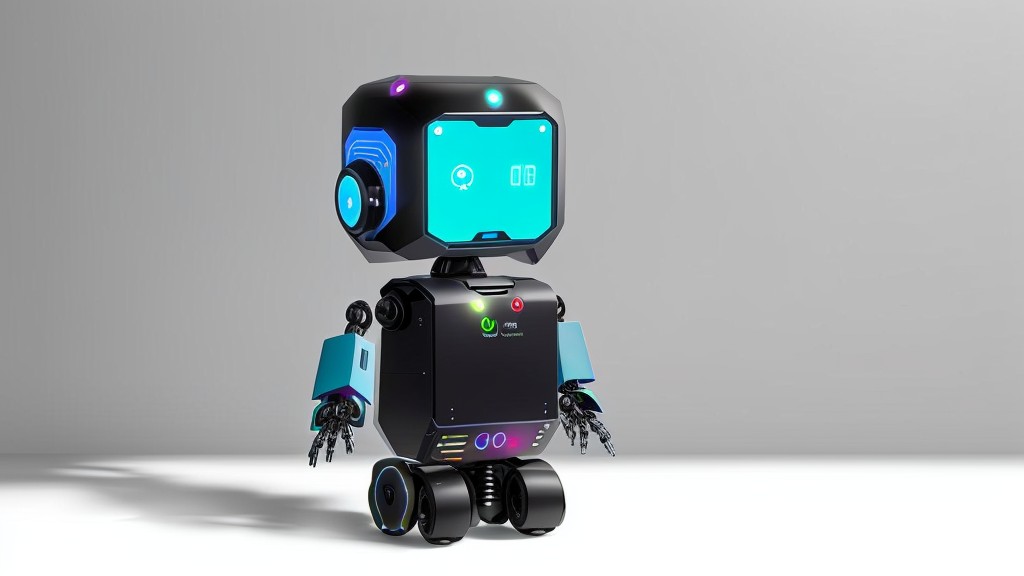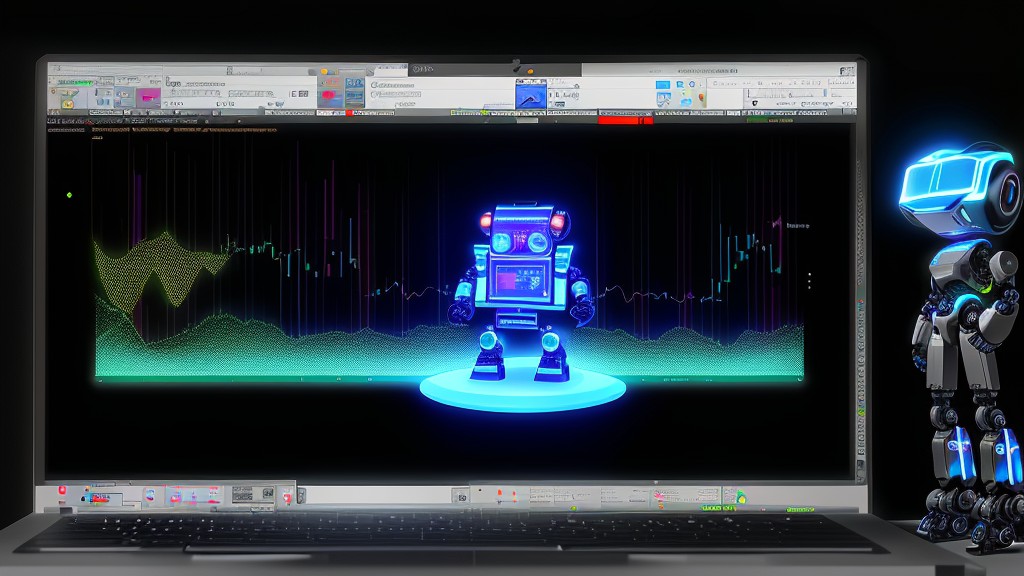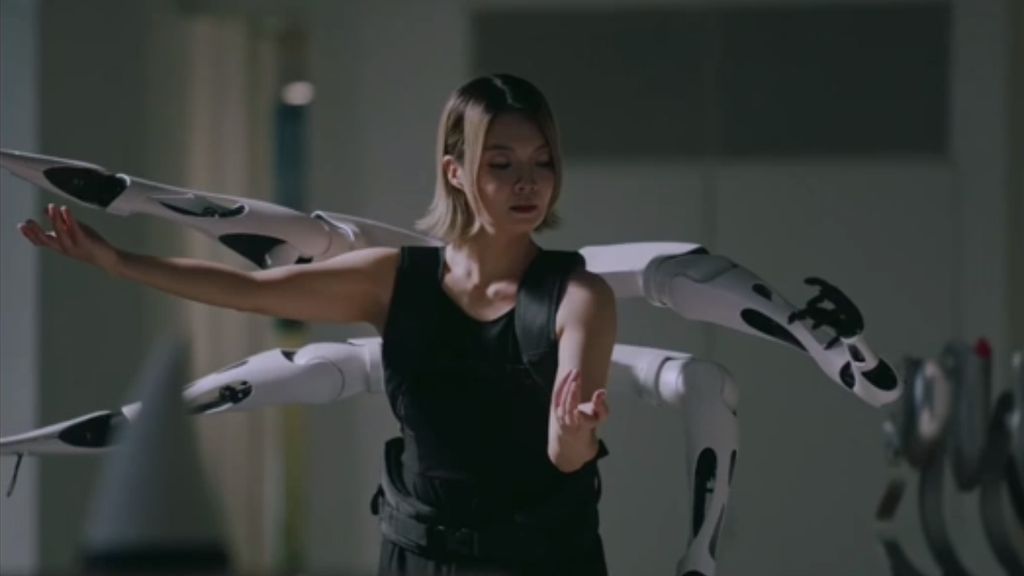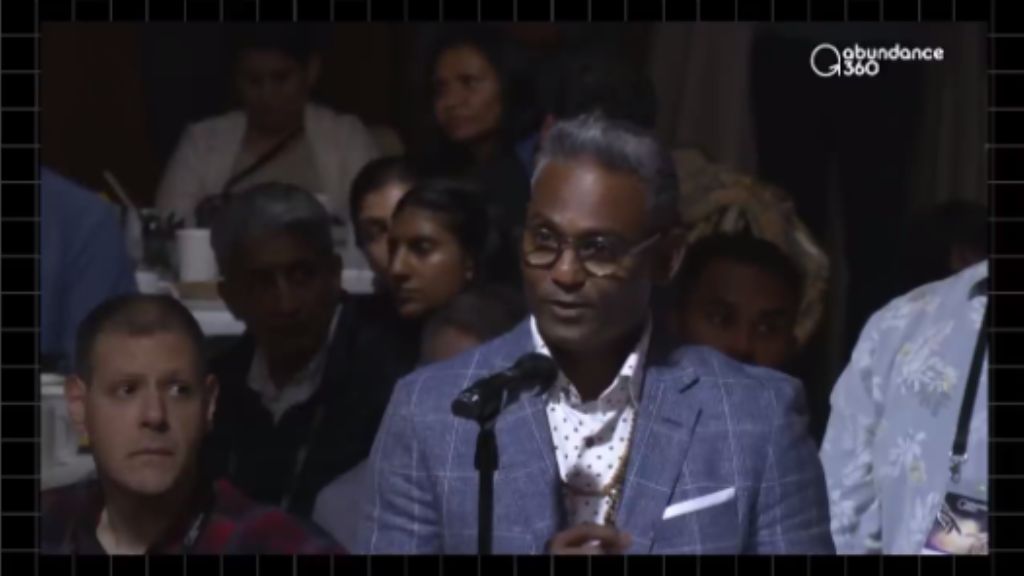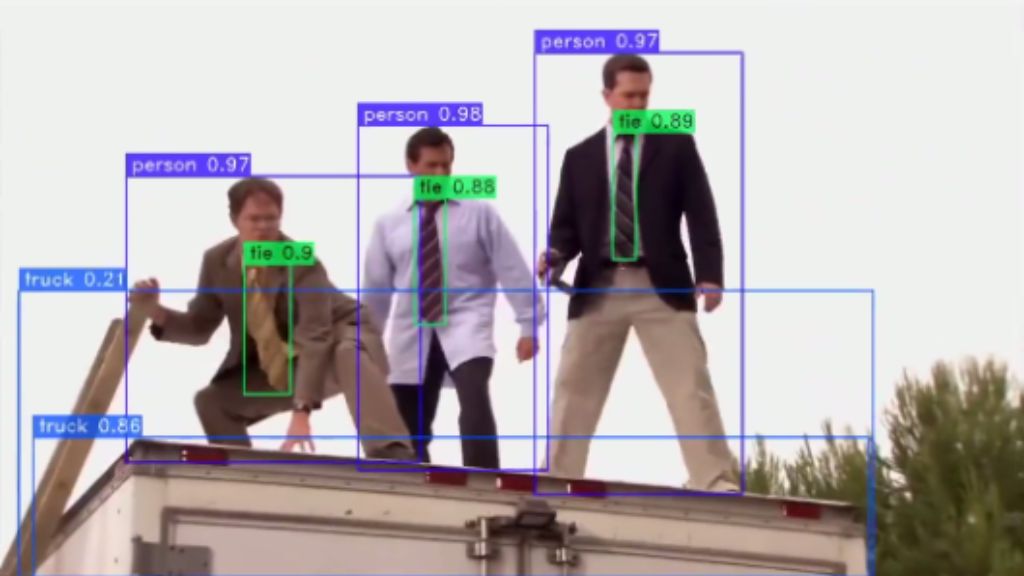
YOLO NAS: Revolutionizing Real-Time Object Detection and Mobile Camera Interactions!

YOLO NAS: Revolutionizing Real-Time Object Detection and Mobile Camera Interactions!
In the realm of real-time object detection technology, a significant breakthrough has emerged – YOLO NAS. With its staggering latency of less than 5 milliseconds, YOLO NAS is set to redefine how we interact with our mobile cameras.
Here’s a snapshot of YOLO NAS and the potential impact it could have:
1. The Cutting-Edge Technology: YOLO NAS is a swift real-time object detection technology with an exceptional latency of under 5 milliseconds. This impressive speed enables it to identify objects nearly instantaneously, opening up a wealth of possibilities across various applications.
2. Mobile Camera Integration: One of the standout prospects of YOLO NAS is the potential integration with mobile cameras. This could empower users to point their camera at an object and have it identified in real-time.
3. The Future of Online Shopping: YOLO NAS could lay the groundwork for a revolutionary “click-to-buy” feature. Picture this – you point your camera at an item and have the ability to purchase it on the spot, all within the same app. This could be a game-changer for online shopping experiences.
4. Future Prospects: Considering the immense potential of YOLO NAS, it won’t be surprising to see technology titans like Apple incorporating this tech into their future devices. Such integration could enhance user experiences and usher in a new era of mobile technology.
In summary, YOLO NAS is a promising advancement in real-time object detection technology. Its potential uses are vast and thrilling, and we’re eagerly anticipating how this tech will evolve and transform our everyday device interactions. Stay tuned for more updates on YOLO NAS and its journey towards revolutionizing object detection!

